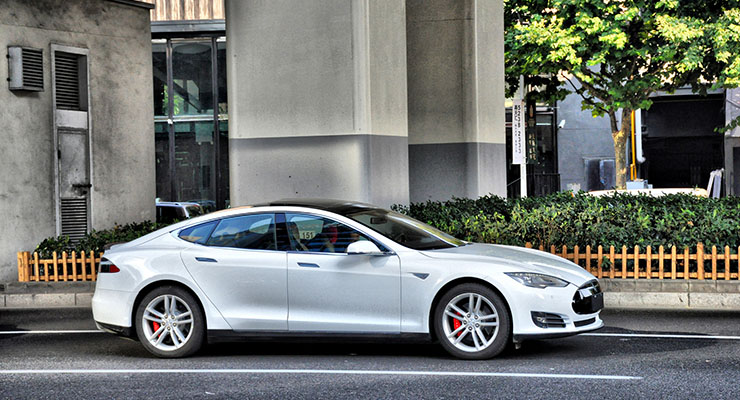GTA high-rise developers incorporate charging stations into new developments
GREATER TORONTO – When Minto Westside launched back in 2015, it offered an unusual incentive for buyers: the first 20 to purchase parking spaces with electric vehicle chargers, would receive a free Nissan Leaf with their purchase.
Minto, a long-time national leader in building sustainability, knew that even their decision to offer any charging-compatible parking spots was an unusual move in the Toronto market — even as homeowners continue to make efforts towards lowering their environmental footprints.
“Installing EV chargers at Bside gives residents who want a vehicle in the city the ability to make an affirmative environmental decision,” explained Minto’s Director of Conservation and Sustainable Design, Wells Baker. “We wanted to take that next step and actually incentivize a decision towards the more sustainable option.”
Here in Ontario, the demand for more electric vehicle (EV) chargers in high-rise communities is likely to increase in coming years — thanks to a recently-announced $20-million investment that will see “Level 2” and “Level 3” electric chargers installed in many of the urban commercial centres where Ontarians work.
Indeed, a growing percentage of homeowners have already made the move. According to Enabling Electric Vehicle Charging in Condominiums, a recently-published report by the Canadian Condominium Institute (Toronto), in cooperation with Plug’n Drive, as of June 2014 there were at least 7,485 electric vehicles on the road in Canada – with Ontario, Quebec, and BC leading those ownership numbers.
Installing an EV Charger in an Existing Community’s Parking Space
The report also highlights an important fact for condo owners: if you are living in a building that was not developed with charger-compatible parking spots, installing your own can be a tricky process – and it’s one that should start with a call to either your Board of Directors, or Property Manager. That’s because, more likely than not, your parking spot lies in a “common element” area of the building that you’re not permitted to change without Board approval.
After you have submitted your proposal for running electricity to your spot, it is up to the condo corporation’s Board to decide whether running electricity to your spot will be a “substantial” expense (as outlined in the Condominium Act). If it us, you will need approval of at least 66 per cent of your building’s residents to proceed.
There is also a Section 98 “alteration agreement,” which allows owners to make changes to a community’s common elements as long as certain conditions are met.
If the installation is approved, it will need to be performed by certified electricians, in order to ensure that the job is done safely and properly.
While it is certainly a big step, and will doubtless require some support from your community’s fellow owners, adding EV charging stations to a community can be seen as an investment that will unlock two key benefits:
- The ability to market the EV charging stations as a high-end building amenity, which may provide a distinguishing feature for the building in a competitive market — while helping to attract high-quality residents.
- If your building has a LEED score, installing EV chargers could qualify you for up to three additional points awarded by the Canada Green Building Council.
- Even if you don’t apply for a charger yourself, you may consider supporting one for your building if you’re asked by your Board. It’s a forward-thinking move that could allow you the freedom of installing one for yourself in the future.
EV Charging in New and Upcoming Communities
When looking into buying pre-construction at a new GTA condo community, it’s worth checking to see whether EV charging stations will be included — after all, you are likely to own your new home longer than your current car.
Since availability will vary from project to project, the best way to check is by registering, and asking a real estate sales representative if you can go over the “Features and Finishes” information, as well as the amenities list. These information sheets – commonly found within the sales brochures for new communities – will more than likely highlight the community’s on-site EV charging if there is any available.




